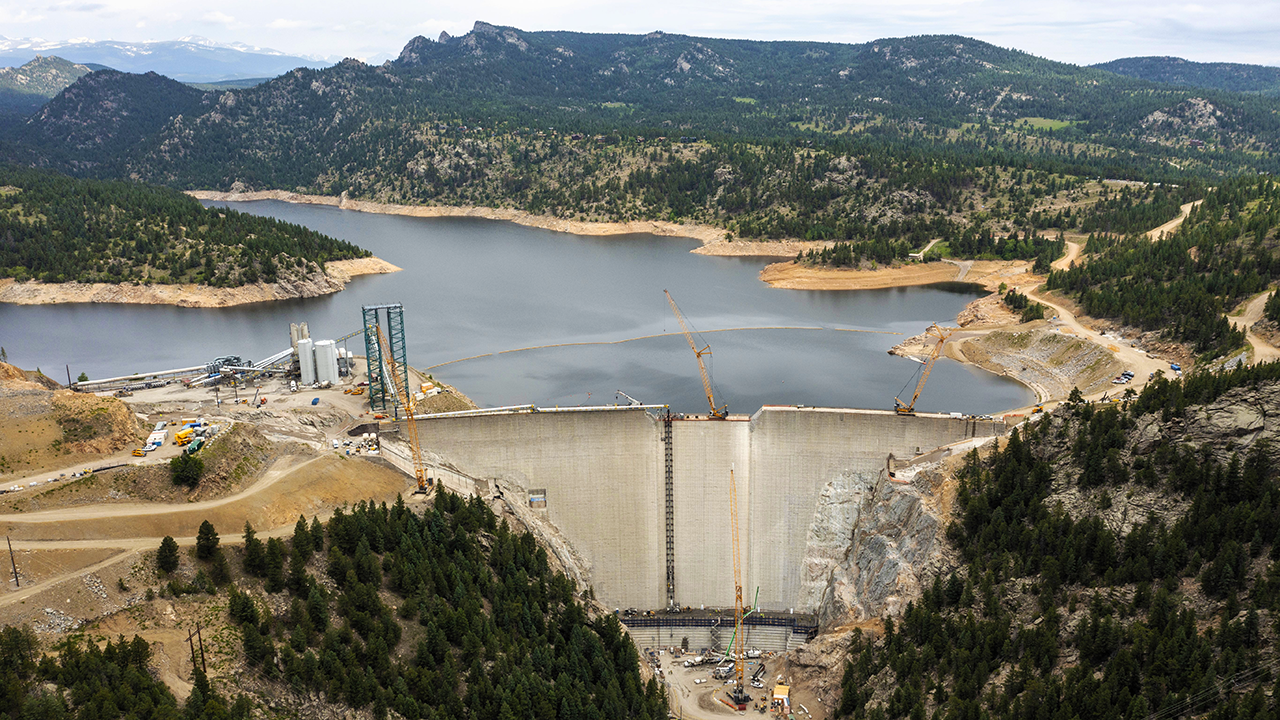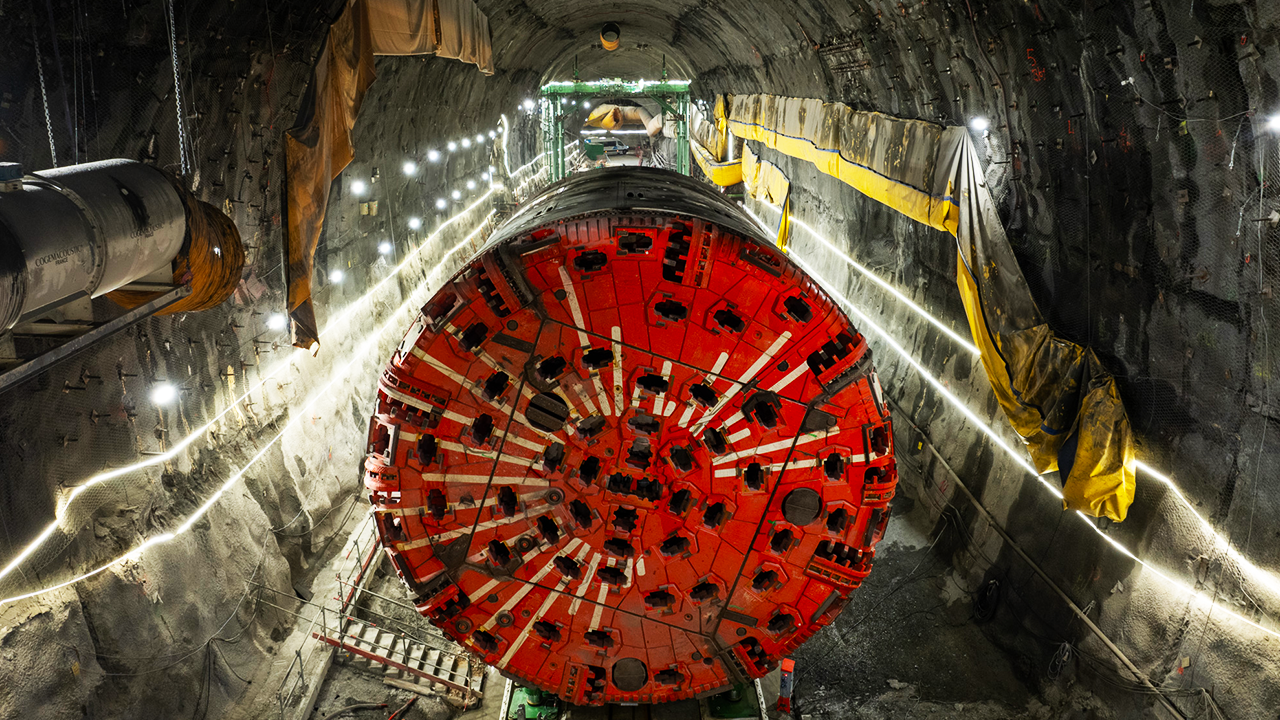The Rise and Fall of Tokyo’s Most Futuristic Building
- Youtube Views 505,267 VIDEO VIEWS
Video narrated and hosted by Fred Mills. This video contains paid promotion for Egnyte.
TUCKED away in an art gallery in the backstreets of Tokyo, two lonely metal boxes are almost all that remains of one of the city's most iconic and radical buildings.
The Nakagin Capsule Tower, completed in 1972, was once hailed as a revolutionary vision of urban living. Designed at the height of Japan’s post-war boom, it wasn’t just a building, it was an idea. A bold attempt to rethink how cities grow, adapt and survive.
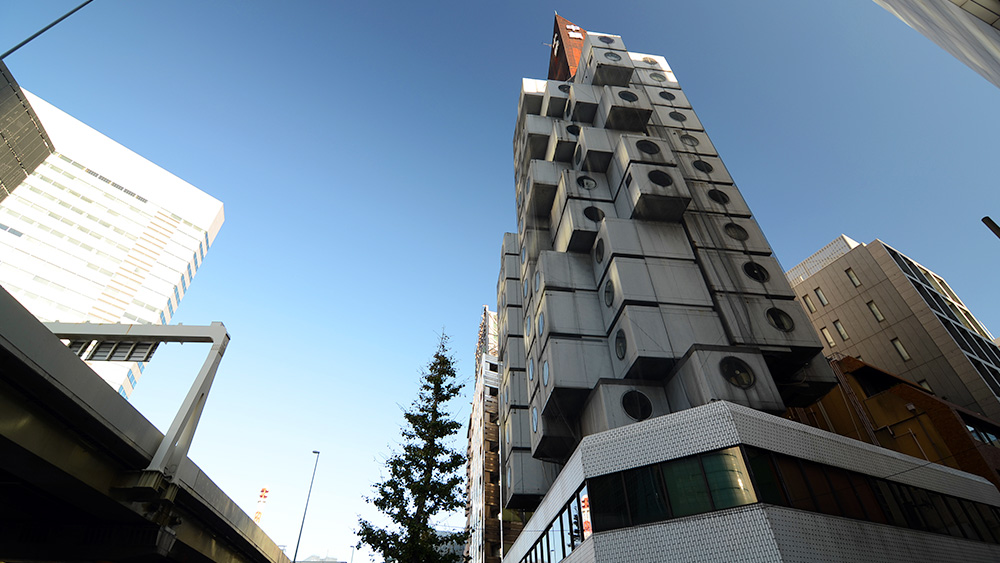
Above: Nakagin Capsule Tower a few yers before demolition.
For fans of this futuristic structure, it represented the pinnacle of architectural ambition. For others, it was a noble failure. Either way, the Capsule Tower is gone, but its legacy lives on.
In the heart of Tokyo’s Ginza district, the Nakagin Capsule Tower once stood as a testament to innovation. Designed by architect Kisho Kurokawa, the building was a striking example of Japan’s Metabolist movement: a post-war architectural philosophy that viewed cities as living organisms capable of growth and regeneration.
Its 140 capsule units, each measuring just four metres by 2.5, were bolted onto two concrete towers like Lego bricks. Each one was prefabricated in a factory, trucked to the site, and installed in just three hours.
The idea was radical: when a capsule wore out, it could be swapped for a new one, just like changing the parts on a car.
“The Nakagin Capsule Tower was never meant to be static,” explains Tatsuyuki Maeda, a preservationist who helped save several of the capsules from demolition. “It was designed to evolve.”
To understand how such an experimental building came to be, you need to look at the Japan of the 1960s.
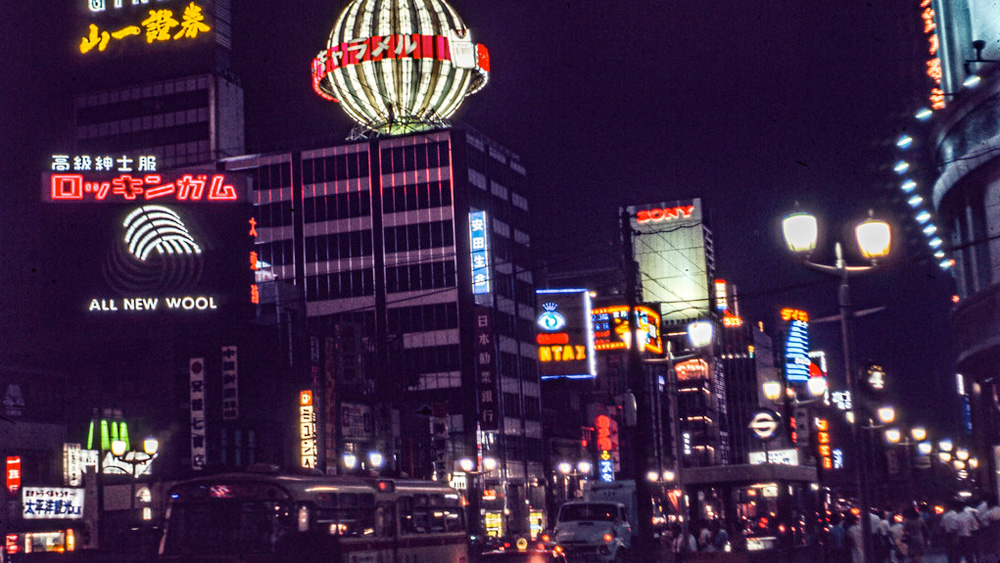
Above: Tokyo in the 1970s was the centre of a booming economy.
In the two decades following the Second World War, the country experienced an economic miracle. Tokyo’s population more than doubled, surging from 11 million to over 23 million. The capital became the epicentre of growth — and of growing pains.
As housing demand soared and infrastructure buckled under pressure, architects began dreaming up radical solutions. Floating cities, skyscrapers on stilts, and urban megastructures filled the drawing boards.
Kurokawa’s response was the Capsule Tower: a machine for living in the machine age.
Unlike traditional buildings, the Nakagin Capsule Tower embraced industrial techniques. Elevators, staircases and even the pipes were prefabricated and slotted into place.
The capsules themselves – lightweight steel boxes – were designed with standardisation in mind. Variations came only in the placement of windows and doors. Inside, each unit was kitted out with the latest technology of the day: reel-to-reel tape decks, televisions, and telephones. Cooking facilities were absent, it was assumed residents would dine out, befitting the building’s target demographic of single, high-flying businessmen.
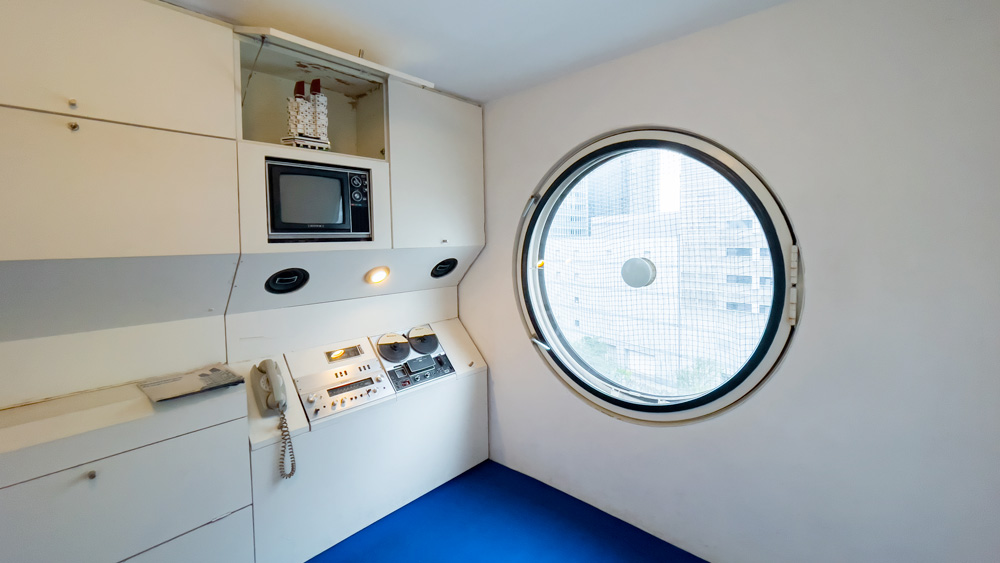
Above: The interior of a capsule.
Despite a challenging inner-city site and strict delivery schedules, construction wrapped up in just 14 months. When it opened in 1972, the building was a symbol of Japan’s high-tech future. But the future didn't go quite as planned.
While the building’s core structure endured, the capsules never were replaced. A key design flaw made swapping them out difficult: each capsule was wedged so tightly that removing one often meant removing several.
By the 1990s, the economic bubble that had powered Japan’s boom burst. The Capsule Tower, like many of the era’s grand visions, fell into decline. In 2007, with maintenance costs rising and earthquake standards tightening, residents voted to sell the land. After years of legal wrangling, demolition began in 2022.
Yet, in a twist of fate, a handful of capsules were rescued. They’ve since been displayed in museums and exhibitions around the world.
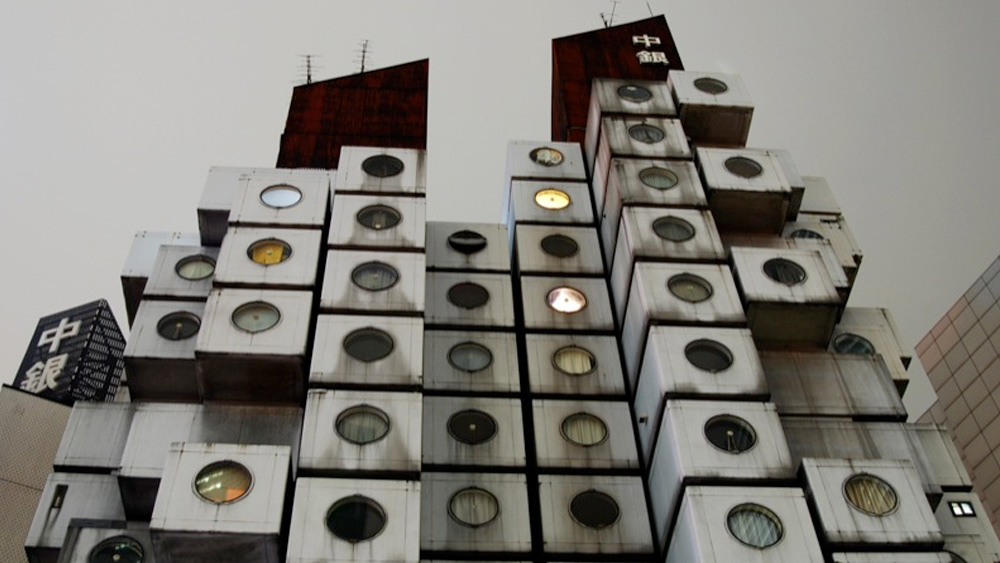
Above: The tower was in a poor state of disrepair prior to its demolition.
Some call it a failure: a brilliant concept that never quite worked. But others see something more. In recent years, modular construction has surged in popularity. Shipping containers have become trendy building blocks for pop-up markets, student housing and emergency shelters. Pre-fabricated tower blocks, such as London’s Lewisham Exchange or Singapore’s Avenue South Residences, now rise in months instead of years.
Modern component-based design doesn’t replicate Kurokawa’s capsules, but it does echo his ideas: that buildings can be made of interchangeable parts, optimised for cost, speed and flexibility.
“Kurokawa was thinking about a world that’s only now starting to exist,” says Maeda.
Perhaps the greatest irony is that Japan has long embraced temporary housing, just not in the form Kurokawa envisioned. Suburbs like Tokyo’s Yanaka are full of homes built to last just a few decades, then rebuilt from scratch.
While the Nakagin Capsule Tower failed to regenerate itself, the wider construction industry has caught up with its philosophy. Today, its spirit lives on not in sci-fi architecture, but in the very real shift towards modular, adaptive construction happening around the world. In the end, the tower’s failure may have been a question of timing, not vision. And as its surviving capsules continue to fascinate a new generation, the building’s legacy is clear: it asked the right questions, even if the world wasn’t ready for the answers.
This video and article contain paid promotion for Egnyte. Control your data, collaborate seamlessly. See how here.
Video narrated and hosted by Fred Mills. Additional footage and images courtesy of The Nakagin Capsule Tower Preservation and Restoration Project, Dick Thomas Johnson, BBC, ABC CBS, Kakidai, David Meenagh, StudioASC, Studio_Ito, The House Drawer, Geddan, Kestrel, Jordy Meow, Lost in Light, JR James Archive, WIII, 2Candle, Jonathan Savoie, Jihei, Forgemind Archimedia, Roger WF, Wilford Peloquin, DLLU, Yusunkwon, James Law Cybertecture, Framlab, Prism 2.0, Wood, Daiwa House.
We welcome you sharing our content to inspire others, but please be nice and play by our rules.

